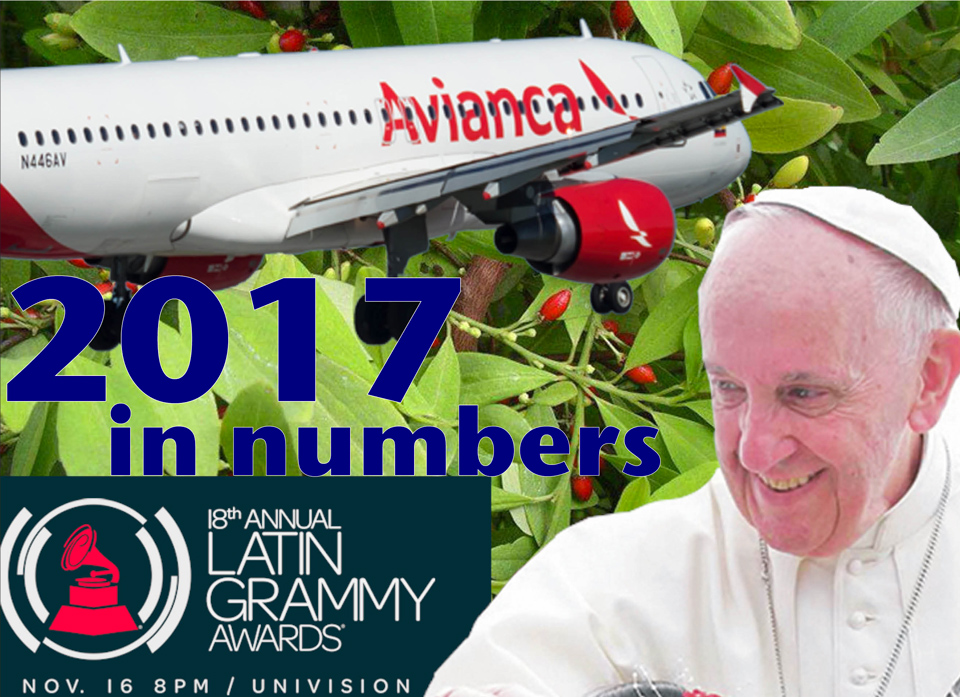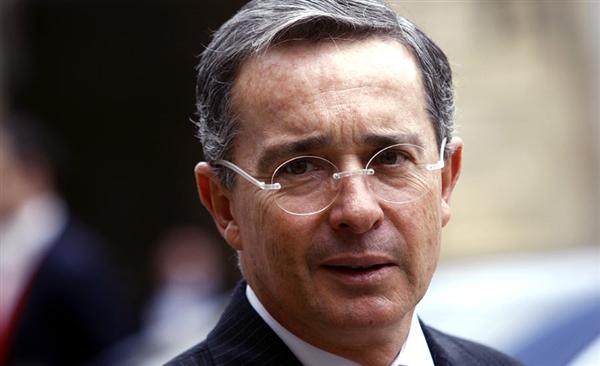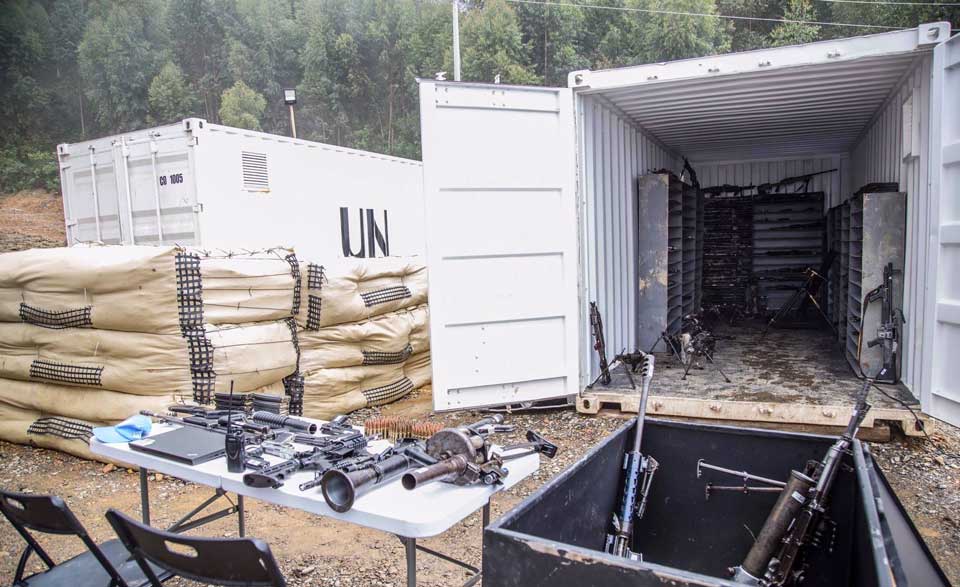 Mike Mackenna explains why the government’s decision to fully privatise the well-managed, profitable energy company Isagen was their least bad economic option
Mike Mackenna explains why the government’s decision to fully privatise the well-managed, profitable energy company Isagen was their least bad economic option
In Colombia, like in most countries, it is near-impossible to find an issue that inspires political unity. However, President Santos’s decision to sell the government’s 57.6% stake in energy company Isagen to Canadian company Brookfield, for about USD$2 billion, did just that. It was one of those rare issues that politicians from all ideologies agreed on, and they all agreed to hate the decision. Left-wing ex-Bogotá mayor Gustavo Petro called for a national protest over the sale. Right-wing Senator Alvaro Uribe accused the Santos administration of fraud over the privatisation. Even the Liberal Party, which is in Santos’s own Unidad Nacional coalition, rebelled against the sale, and threatened to leave the coalition over it.
I myself wrote an article for The Bogotá Post in August questioning the proposed sale, but after studying Colombia’s economic situation more, I came to the conclusion that privatising Isagen is the best decision under the current circumstances.
As I wrote in that article, the government claims they needed to sell Isagen to pay for the fourth generation (4G) highway network they want to build, which will cost about USD$17 billion. The highways are badly needed: the country currently ranks 97th in the World Bank’s infrastructure rankings. To expand economic opportunities nationwide and to take advantage of its free trade agreements, Colombia will need to improve its motorways, which are so deficient that they increase costs by up to 400%. Transportation by road is so difficult that, astonishingly, it costs three times as much to ship from Cartagena to Bogota as it does to ship from Bogota to Shanghai.
Critics of the sale proposed three alternatives to obtain the 4G financing. One would be the national bank lending money to the National Development Fund (FDN), which is sanctioned by the constitution. Another is borrowing the money, either in local or foreign currency; and a third is issuing bonds from the Financial Institution Guarantee Fund, which is how the country rescued its banks during the financial crisis of 1999.
In better economic times, those would all be preferable options to selling Isagen. Sadly, these are not better economic times.
All the alternatives mentioned above involve Colombia further indebting itself. In order to keep the cost of servicing the debt manageable, the country would need to keep the interest rate on its debt, and the yield on their bonds, fairly low. However, if they did borrow money, rather than privatise Isagen, it seems unlikely they would be able to keep debt-servicing costs low.
Why? Those bond yields and interest rates depend, in large part, on Colombia’s debt and credit ratings, which are likely to drop if they take on more debt instead of selling Isagen. Rating agencies Fitch and Standard & Poor’s put Colombia’s foreign-currency debt at BBB (second-lowest investment-grade rating), and its local-currency debt at BBB+ (third-lowest investment grade rating).
Two of the positive points raised in Standard and Poor’s June 2015 report on Colombia are its 4G highway infrastructure investment program, and its use of “countercyclical fiscal policy to offset the drop in oil prices.” One aspect of countercyclical policy is tightening credit at a time of increasing inflation, and some analysts predict that Colombia’s inflation will almost double in 2016.
What that means is that if Colombia borrows instead of privatising (ie selling Isagen), it could jeopardise two of three positive aspects of Colombia’s economy from the perspective of Standard & Poor’s. Colombia would not be strictly investing in their highways; they would be borrowing to build them. They would not be tightening credit, but expanding it.
What would happen if Colombia lost their investment-grade ratings? Well, since the country returned to investment grade rating in 2011, we can take some indication from what happened before and what happened after.
Their lending interest rates could go up considerably: between 1999 and 2010, their average lending rate was 16.2%. The average has been 11.4% since 2011.
Their bond yields could also increase: since 2011, their yields have been between about 5-8%. From 2002-2010, they were between about 8-13%.
Colombia can ill-afford to have their debt costs increase, for two reasons. One is their budgetary hole. The 2016 budget was calculated with an oil price of USD$53-55 per barrel, and with the price now hovering around USD$30 per barrel, that leaves Colombia with a gaping budget hole of about USD$10 billion, or about 14% of the total budget, which the government will attempt to fill with some combination of increased foreign investment, increased exports, tax reform and, their least preferable option, borrowing money.
The second reason is the costs of the post-conflict, estimated at USD$26-30 billion. Obviously that won’t come all at once; the post-conflict is expected to add 1% to public spending per year. Based on this year’s budget, that would mean annual spending increases of about USD$700 million. Even though President Santos claims that the peace agreement could lead to 2% higher GDP growth yearly, others are less optimistic. Bank of America, for example, puts the peace dividend at only 0.3% additional GDP growth annually.
One final option for raising money would be improving tax collection. As I mentioned in the August article, 40% of sales tax and 50% income tax is believed to go uncollected in Colombia, totaling about USD$23 billion. That extra 23 billion would be enormously helpful, but where would the money come from to finance the increased collection? And when you consider the limited success of the far more well-funded US government in its anti-tax evasion efforts, how successful could we expect the Colombian government to be?
Because of the grossly undemocratic nature of the Isagen sale, I really wish I could say that it doesn’t make economic sense, that Santos’s neoliberal economic beliefs are blinding him to better options. But all the evidence says that selling Isagen is the most responsible economic decision.
In numbers: The challenges for Colombia’s economy |
|
| USD$10 billion | The size of Colombia’s budget hole, caused by the oil price drop. It is equivalent to about 14% of the 2016 national budget. |
| 6.77% | Colombia’s inflation for 2015. |
| USD$26-30 billion | Economic think tank Fedesarrollo’s estimated cost of the post-conflict. |
| 1% of GDP | Estimated annual increase in public spending caused by the post-conflict. |
| 0.3% – 2% of GDP | Bank of America estimates the peace agreement will add 0.3% to GDP annually. President Santos puts this figure at 2% of GDP. |
| USD$23 billion | Amount of tax which goes uncollected yearly due to tax evasion, equivalent of 10.6% of the 2016 national budget. |




